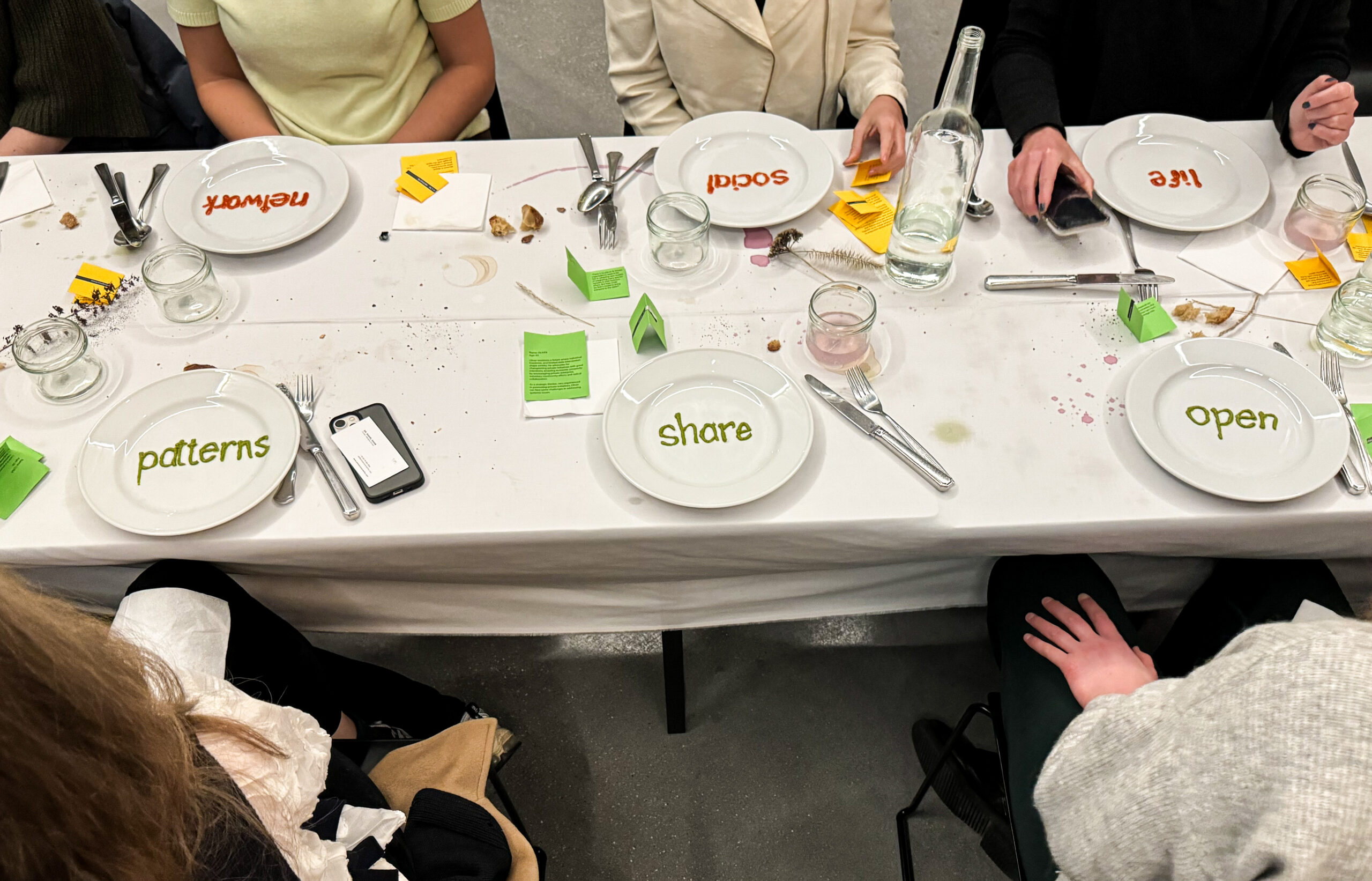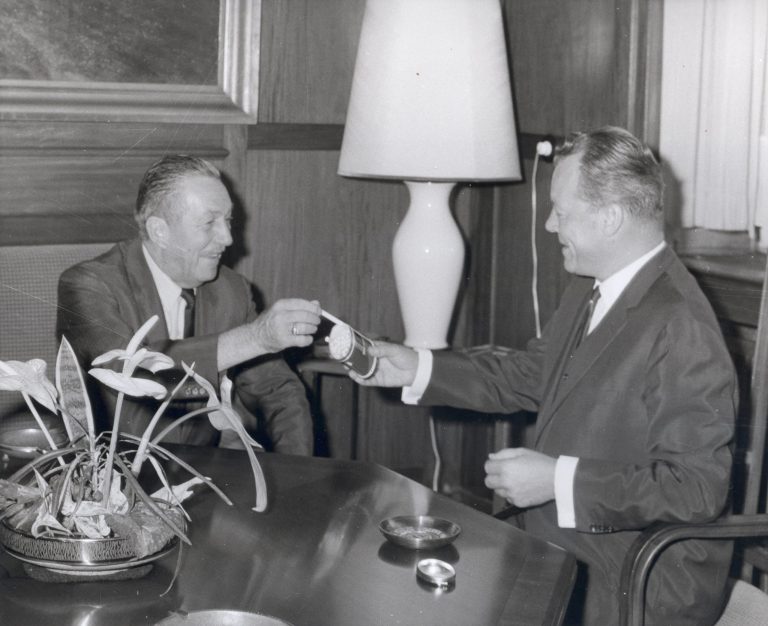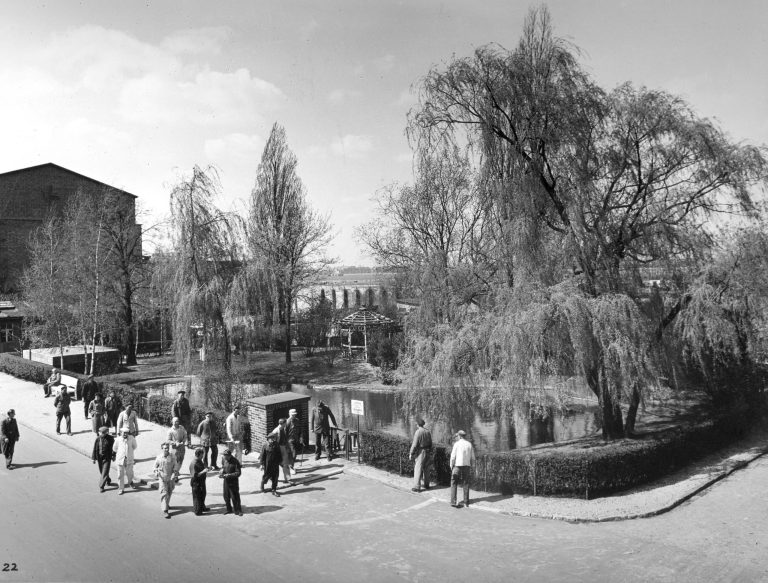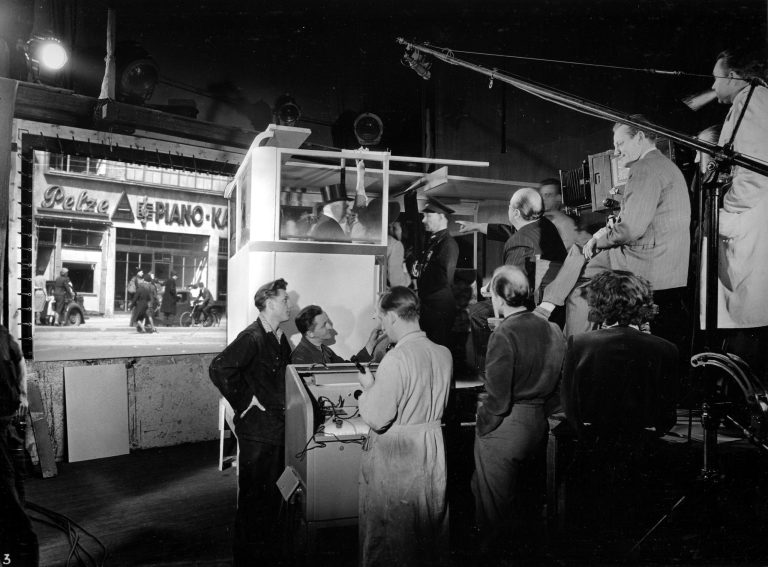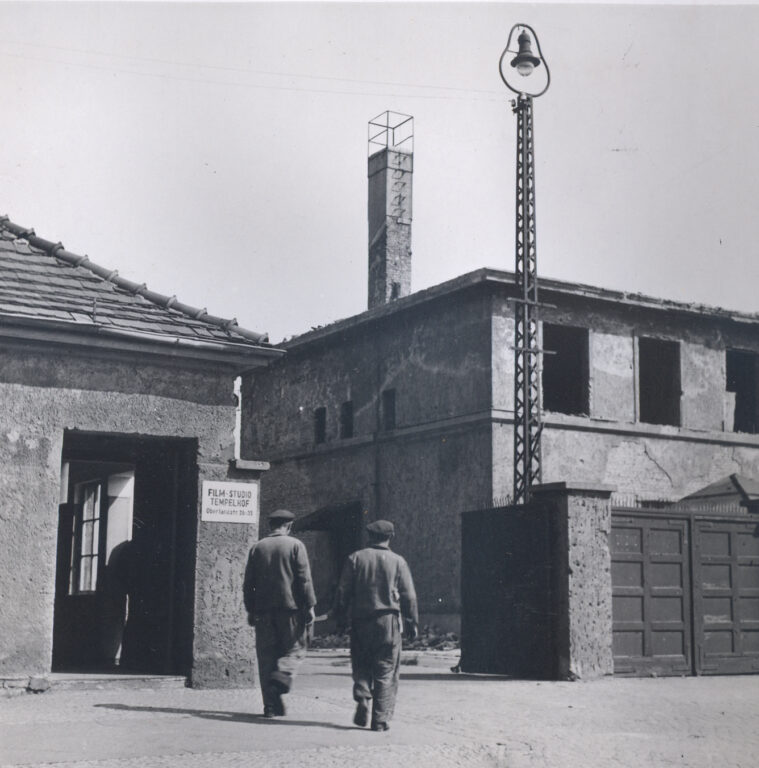Through a radical re-greening concept, the Atelier Gardens campus is home to many species of trees, shrubs and plants. It wouldn’t be a garden, otherwise! Thoughtfully planned by Harris Bugg studios, many of the plants on-site are drought-proof but nonetheless some of the greenery on site requires water. To limit demand from drinking water sources, and heavily aligned with the sustainability concept of the campus, measures have been implemented to harvest the rainwater on-site. This approach not only reflects sustainability but also resonates with the core values of Soil, Soul, Society and Celebration at Atelier Gardens.
Now, onto the gritty details:
A total of three stormwater systems have been planned for the Atelier Gardens site. The prototype is the stormwater management system in the west. Here, primarily parts of the roof areas of Studio 1, Studio 2 and House 9 as well as a very small part of the (still) sealed traffic area are connected to the cistern (west).
In order to ensure that rainwater is safe for flushing toilets and watering the garden in terms of hygiene and aesthetics, a multi-stage purification process was implemented above and beyond the quality and condition of the respective precipitation catchment areas.
- the sludge trap retains coarse floating matter and dirt.
- the calmed inflow into the sludge trap favours that the finest dirt particles can settle on the bottom and at the same time the inflowing water is prevented from stirring up the sediment again.
- dirt particles that are lighter than water (e.g. pollen) float on the water surface. When the rainwater overflows into the cistern, the so-called overflow siphon prevents these floating dirt particles from reaching the tanks, which is important for consistently clear and fresh water quality.
- The rainwater pump sucks the rainwater through a floating intake in the upper part of the cistern. This is where the best water quality is found (approx. 10 cm below the water surface).
- Since the rainwater is used for flushing the toilet on the one hand and for drip irrigation on the other, it must be prevented that foreign particles >100 μm (= solids such as rust particles or grains of sand) cause corrosion damage in pipes and fittings. The installation of the backwash fine filter prevents such operational disturbances.
All connected consumers are supplied via a separate pipe network that is completely separated from the drinking water system. An automatically controlled pump pumps water into the pipe network as required. If there is a shortage of rainwater, it is fed from the drinking water network.
In addition to collection and use, it is also important to take into account rain events that cause the cisterns to overflow. The realised system solution therefore includes infiltration trenches to infiltrate the rainwater and return it to the natural water cycle.
While you may not be able to see the under-ground catchment cisterns, come spring, you’ll be able to see the effects on the garden! Come by and see for yourself!
